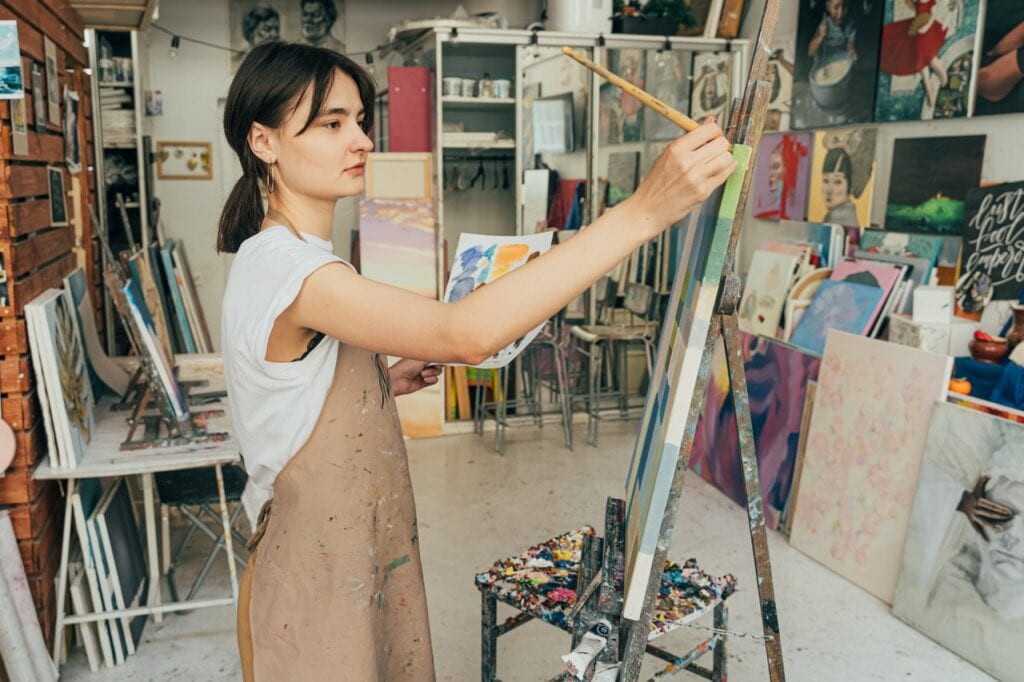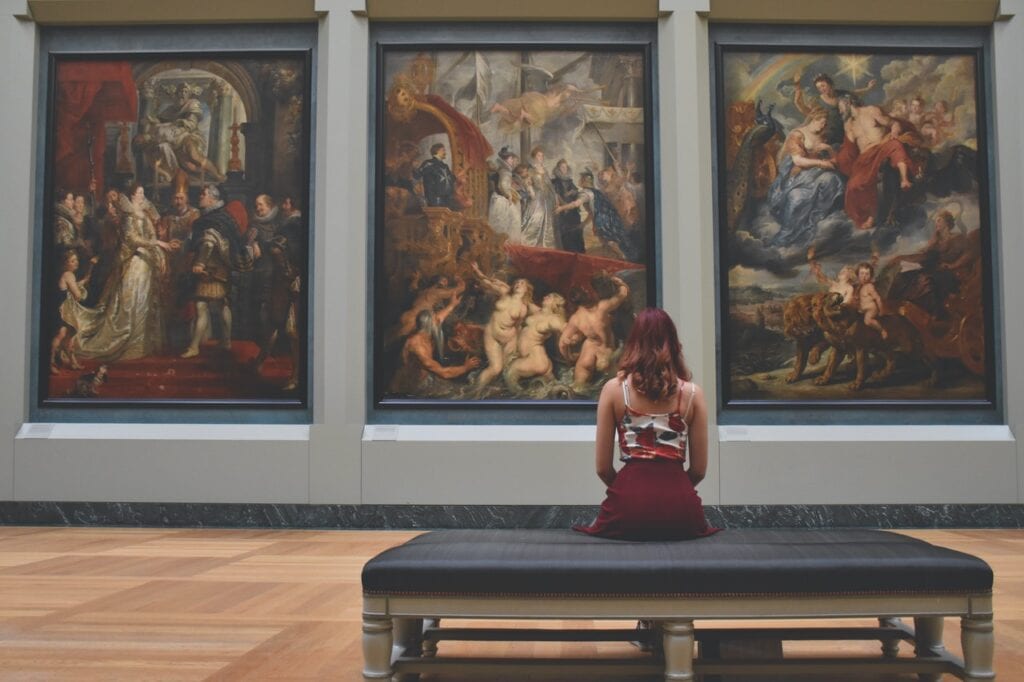The internet is awash with a plethora of self-titled artists seeking to find fame, notoriety, or acclaim for their myriad works, and hoping to receive recognition amongst their contemporaries. Whilst this may very well be the desire of many creatives across the artistic spectrum, the landscape of traditional artwork has shifted significantly from its origin of paint upon a canvas, hung in an art museum for critics and art-lovers alike. Now, it’s far more likely that artwork is not only produced on a technological device, but it’s also only available to view via the said device, making it much more accessible to the world in general.
This has expanded the audience for contemporary artwork by huge margins, prompting discussions about society, technology, and other relevant aspects of the modern world. However, with such a platform available to any artist who chooses to utilise it, it is becoming increasingly difficult to identify and hone individual styles.
If you’re struggling with developing your own unique brand of artwork, this post could be perfect for you!
1. Dedicated Time for Your Craft

There is a common perception that you cannot become an expert in something until you’ve dedicated 10,000 hours of practice to it – and it exists for a reason. This applies to both viewing and analysing art – and producing your own.
When learning and improving a skill – whether that’s learning to speak or walk as a child, or to cook a particular dish to perfection as an adult – you become better the longer you commit yourself to that endeavour. Thus, it stands to reason that, if you dedicate a set amount of time each day towards developing your skill, you will see improvements in the work you produce and continue to grow in terms of confidence and self-assuredness.
Websites such as contemporaryarttrader.com match artists with buyers looking for some of the most influential, impactful artwork in the contemporary art world, and are well worth a browse to help you view a variety of popular contemporary styles for inspiration purposes.
2. Experiment with Your Style
The first step in identifying your own personal style requires you to break out of the boundaries in which you‘ve enclosed yourself and your work, and instead embrace experimentation in all its facets.
If you are a traditional pencil and paper artist, it might be beneficial for you to have a play around with the various art and drawing apps that you can download onto tablets and touchscreen computers; likewise, if you have become accustomed to producing artwork via your tablet, you may want to reacquaint yourself with traditional methods.
Consistently find yourself painting with watercolours or oil-based acrylics? Try collage work. Have a tendency to focus on supernatural themes or stationary objects? Maybe attempt a series of real-life portraits.
The key is to recognise and practice the skills each different art style requires, not only to build your own bank of art skills but also to test out which methods you find most enjoyable and productive – you may just find yourself surprised by the conclusion.
3. Delve into Art History

This stage is vital – to truly know where you plan to go and the path you want to take to go there, you need to be aware of what steps have been made before. How can one truly understand the various types of art and artistic mediums, if one has never dedicated time to discover the long and varied history of art?
From world-renowned artists to influential art movements, delving into art history can help you build a better understanding of how the different facets of society are entwined in the progression of art, such as how changes in politics, social hierarchy, and the economy can impact the nature of art produced. This can then, in turn, help you identify the type of work you want to produce and the type of work you wish to avoid.
As well as helping you to note links and correlations between society and various artists and art movements, studying art history can also serve you with a colourful array of inspiration.
4. Carve Out a Corner of Social Media
As you will no doubt be aware, social media has become the cornerstone of artists of all different types. Thus, creating your own artist account dedicated to showcasing your work can help you to build a dedicated online following, who are well-placed to provide you with encouragement and advice, as well as honest reviews of your work. This means you can test out and present new ideas, themes, styles or content, and see how well your work is received by your audience! There is a lot of community for artists, like ElephantStock, where each artist can share their work, find a new audience, get real feedback from customers, and make money by selling their artwork.
5. Competitions and Collaborations

In this special part of social media dedicated to your artwork, you can embark upon a number of different ventures to expand your own experience and contacts, and help you try different artistic styles.
You might choose to collaborate with a fellow artist who has a markedly different style to you, showcasing your work whilst creating something unique, and expanding the audience for both yourself and your collaborator.
Another strategy to help you develop your own style is to enter as many different art competitions as you can – simply searching for #drawthisinyourstyle will help you locate numerous varied competitions that encourage you to recreate a piece of art in your own, original way.
6. Give and Receive Constructive Criticism
Sharing your work with your fellow artists and viewing their work exposes you to a range of different styles, techniques, and mediums. You can offer constructive criticism to help them develop their work, and you will also then be in a position to receive the same with regards to your work.
This also means that should you come across work that you are particularly in awe of, you can ask for advice and teaching tips to help you practise new styles that you are not yet au fait with.
Whether you are hoping to turn your art into a business or simply enhance your work for personal improvement, following the steps above should help you to identify your own, unique style and help you to carve out a section of the internet that is dedicated to you honing your craft.
The last piece of advice to leave you with is this: be a rebel and break the rules – you never know how it will impact your work!
 Imagup General Magazine 2024
Imagup General Magazine 2024



